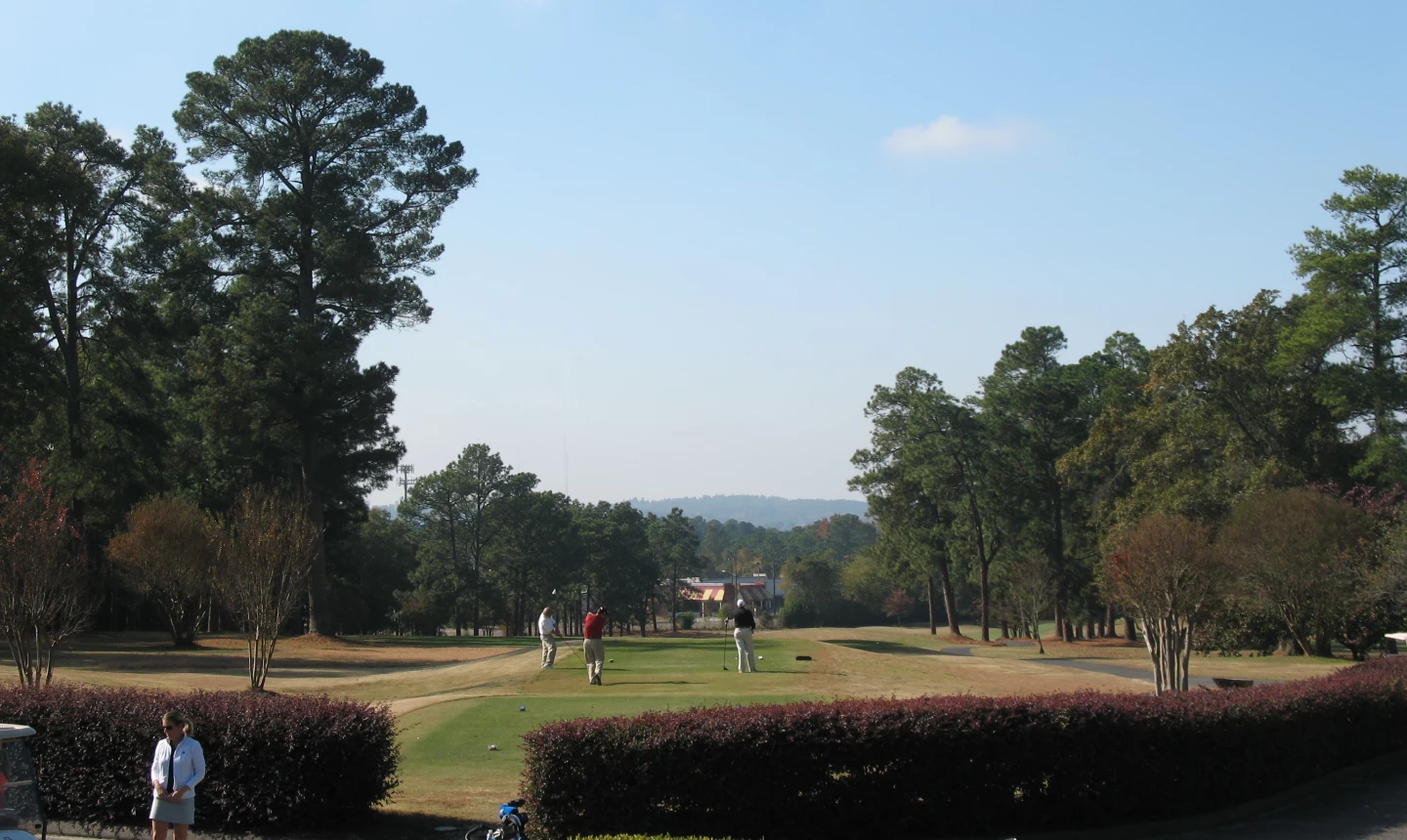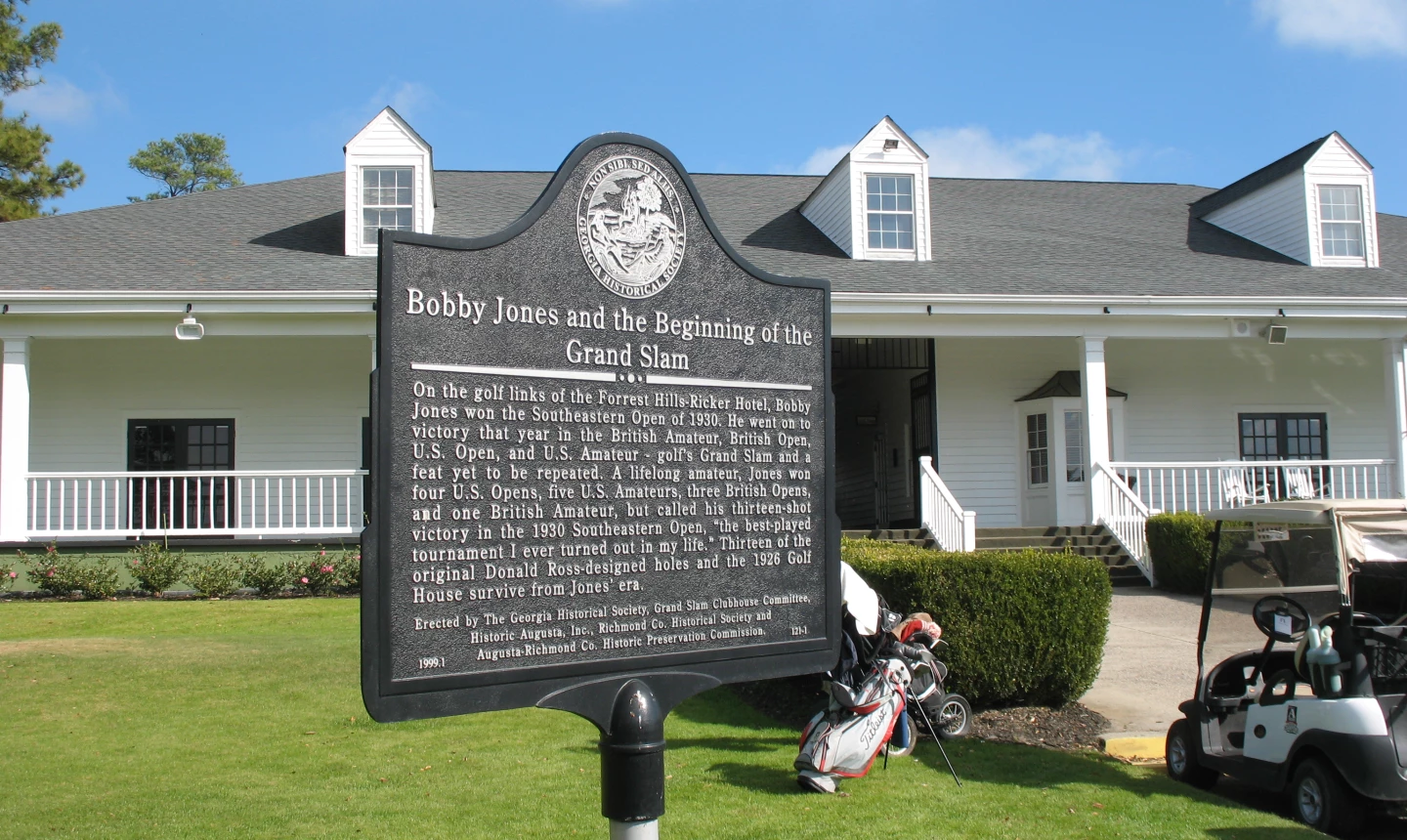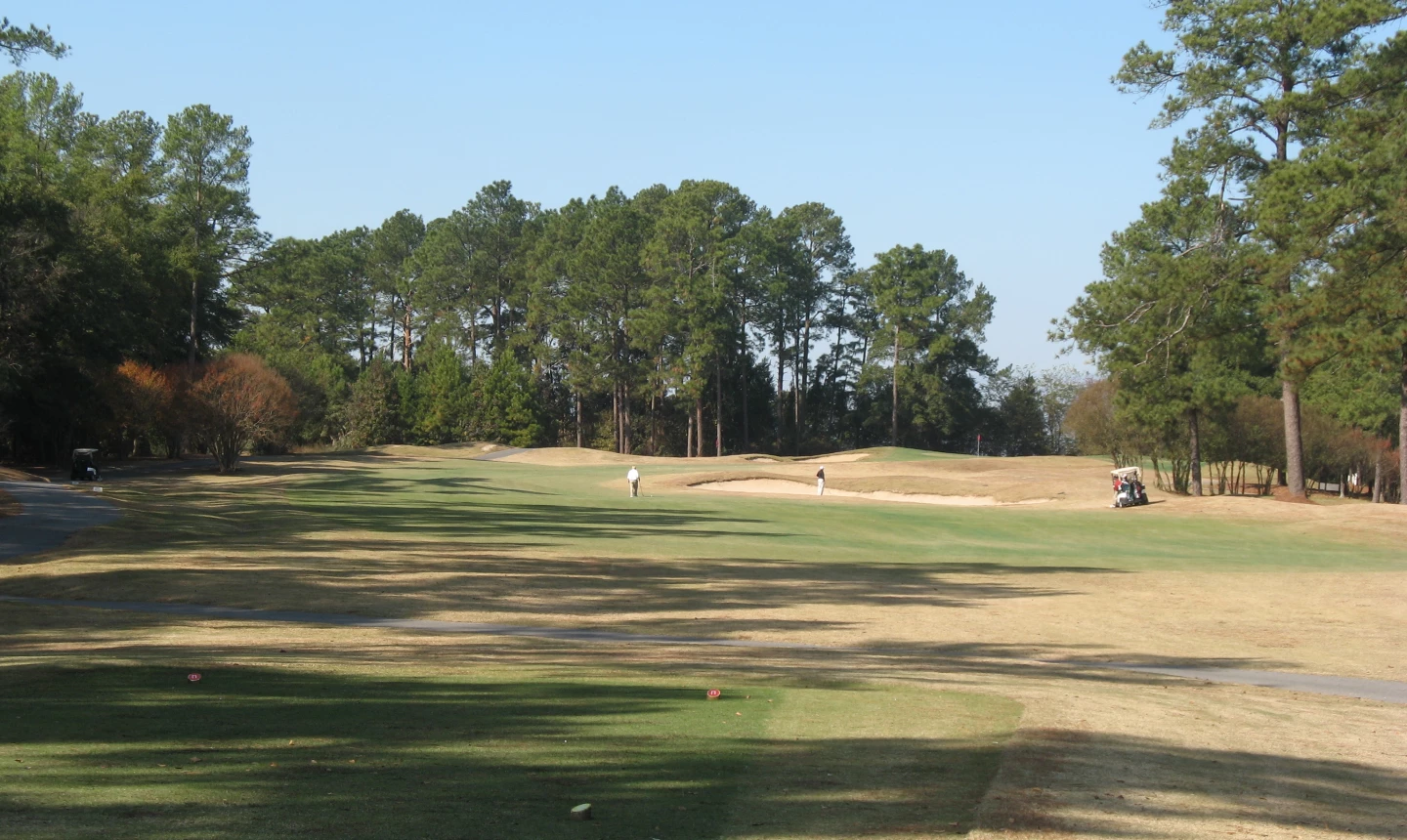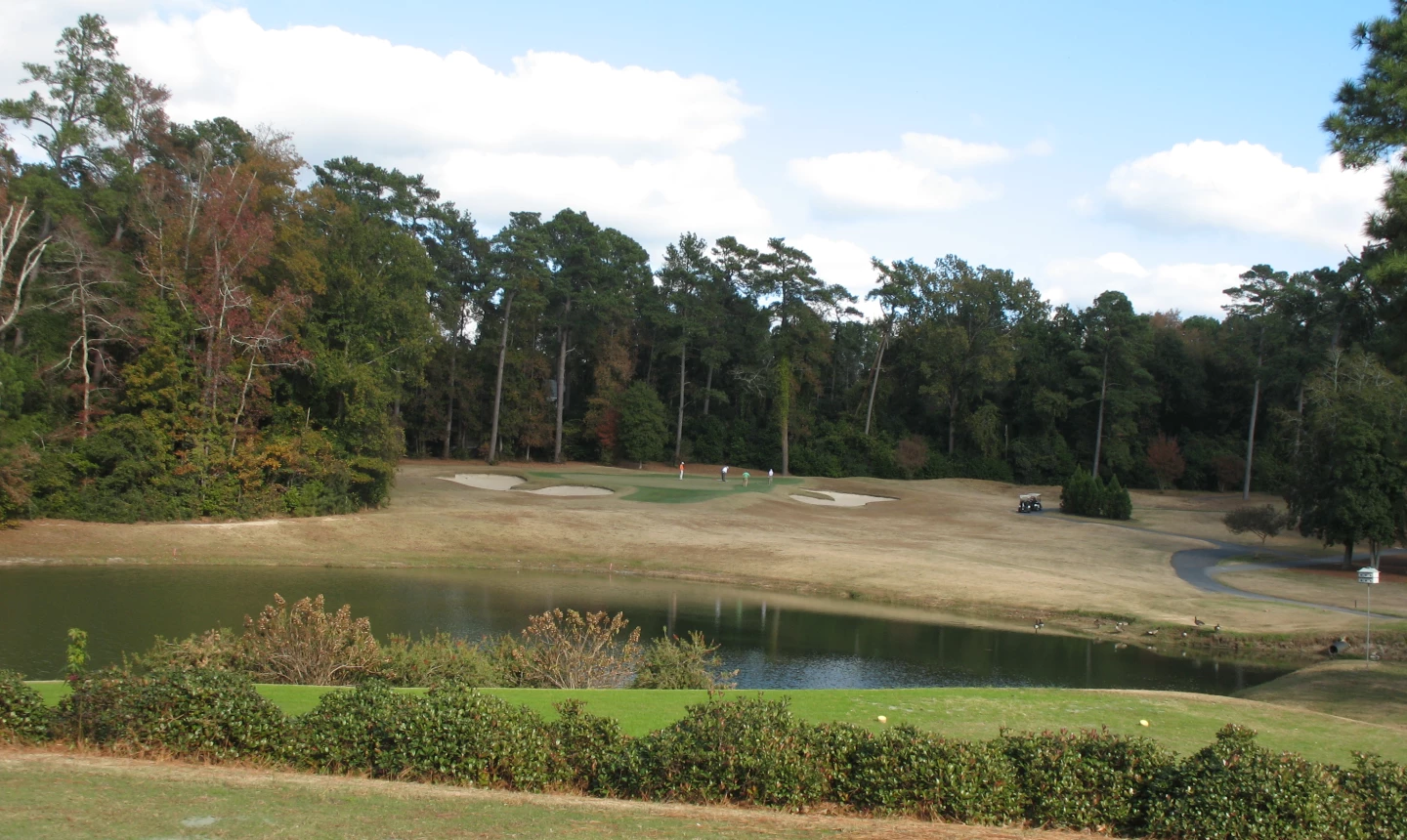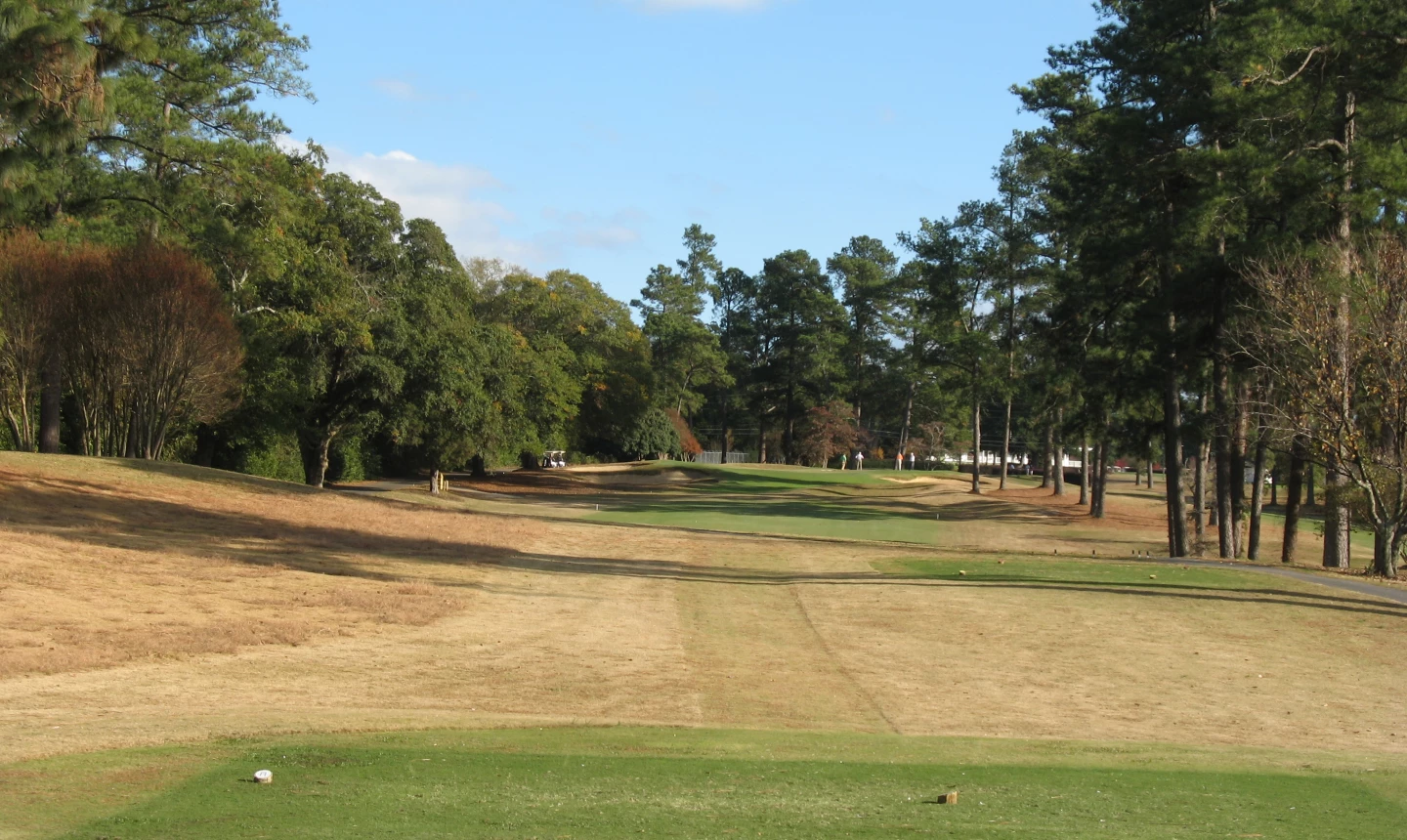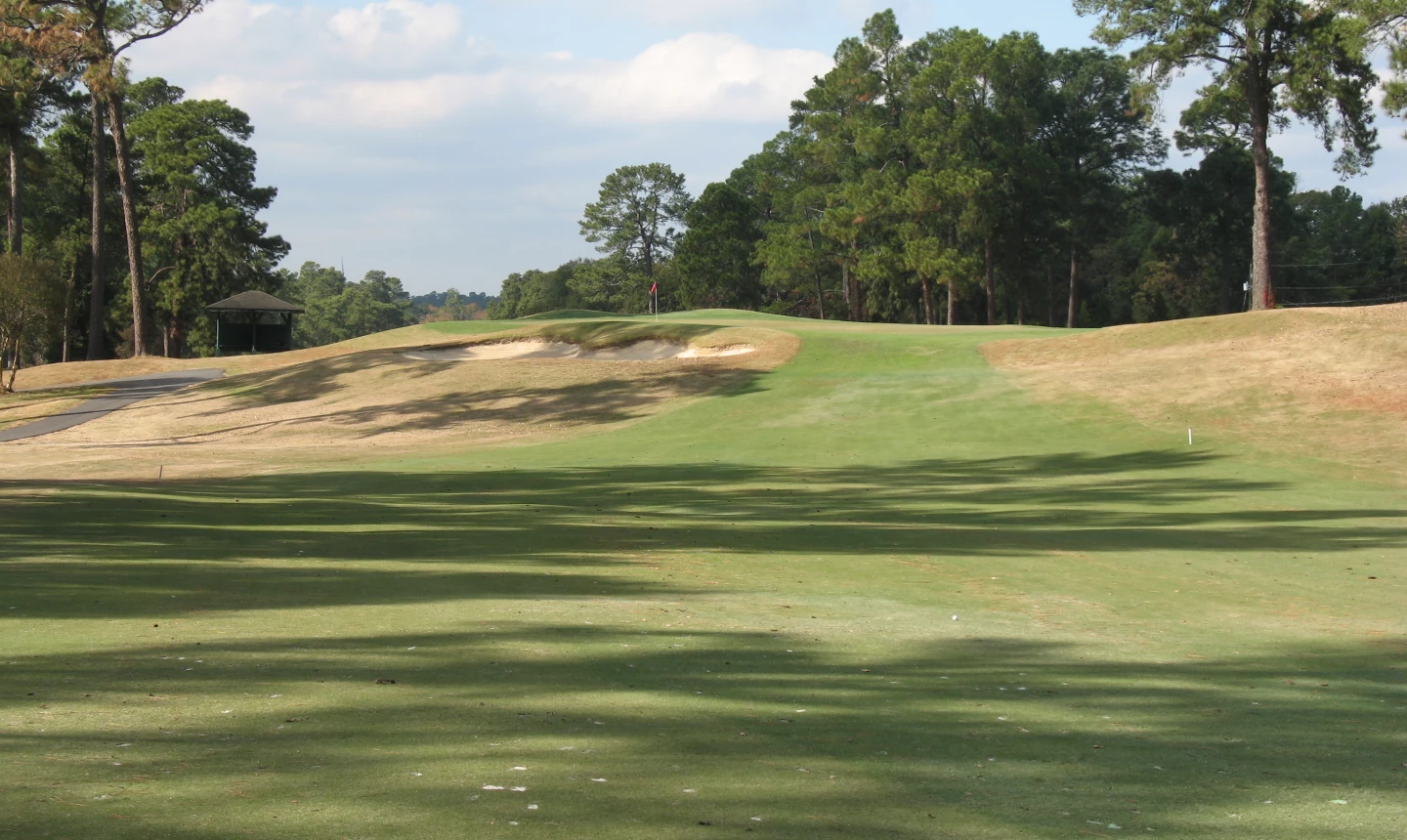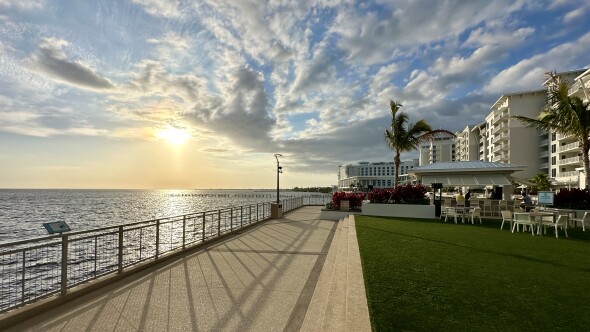AUGUSTA, Ga. -- Forest Hills Golf Club has managed to retain its place in the game's history and still remain relevant today.
The Donald Ross design, which was established in 1926, is steeped with tradition. Bobby Jones won the Southeastern Open there in 1930 and went on to win the Grand Slam. Current greats such as Phil Mickelson and Davis Love III competed there when in college. The course, which was reworked by Arnold Palmer in 2004, is the home course for the Augusta State golf team that won the 2010 and 2011 NCAA men's championships.
That's all very nice. But what matters the most to today's golfer is the current experience and whether the course holds up to the modern game. And -- without a doubt -- it does. Forest Hills remains a fun, yet challenging, place to play.
"The history of the golf club is a tremendous influence on a lot of things," General Manager Dan Elliott said. "But I think once you play here, you'll be back because the course invites you. It can give you all you want."
By modern standards, Forest Hills G.C. isn't long. It plays just 7,084 from the very back, 6,749 from the blue, 6,248 from the white, 5,449 from the gold and 5,003 from the red tees. But this isn't a course that derives its soul from pure distance. This is a course that requires you to play smart and rewards players who do so with better options into the greens.
And it's those amazing Donald Ross greens that give the course its soul. Time and maintenance has taken away some of the false front, but the course still retains the bowl effect for which Ross is so famous.
You'll be challenged to find a flat spot on any of the Tiff Bermuda greens that run surprisingly fast.
Anything above the hole will be difficult to lag. Add to that some big breaks, and you're in for a daylong putting challenge. You'll wind up scratching your head other times because of a break that seemingly came from nowhere.
There isn't really a signature hole on the course, but there isn't a bad hole out there, either.
Ross has done a good job with trickery with fairway bunkers. On the second tee it appears the bunker runs across the fairway. But once you get closer to the green, you learn that the bunker is angled and that there was more room than you thought. The fairway bunker on the par-4 14th appears from the tee to be closer to the green and can easily grab a driver that seemed plenty long when it left the club.
Water really comes into play on two holes, the 13th and 16th, a couple of par 3s. There are plenty of doglegs, most of them that bend to the left. The 12th is a wonderful dogleg-left par 4 that plays to an elevated green complex.
The three finishing holes are outstanding, starting with the long, uphill, par-3 16th that carries a pond to a large green. Stay below the hole or risk an almost-certain three putt. The 17th is a long (533 yards from the white) par 4 that plays straight uphill to another difficult green.
Forest Hills Golf Club's 18th is a classic, short par 4 (282 yards from the white) that tempts big hitters to go for it. But two yawning bunkers on each side of the green await a shot that's short or poorly struck.
Forest Hills Golf Club: History lives
There are plenty of reminders of the Bobby Jones influence on the course.
There's a historic marker in the front of the clubhouse that chronicles his win at the 1930 Southeastern Amateur and how that sparked him to the Grand Slam. The Jones Room in the clubhouse features a framed photo of Jones with three others at the course, as well as a nice oil painting.
Perhaps the most interesting artifact is a framed series of photographs of the way the course looked during the early days. Since then, the front and back nines have been flipped, but the trees -- mostly pines -- look look largely the same size.
You can find yourself staring at it for quite a while, especially after a round when you try to match memory and visual evidence.
Forest Hills Golf Club: Miscellaneous
Sarah Mooney is one of the few female head professionals in the state. She spent her formative years in Augusta, graduated from high school there, and played on the women's golf team at Augusta State.
She became the head professional in 2009. She and GM Dan Elliott have created a friendly, family-like atmosphere at the club that trickles down to the other staff members and is evident to the players who keep the tee sheet busy.
There is an ample practice range and putting range. The grill has typical selections at reasonable prices. There is a beverage cart that makes the rounds.
Forest Hills Golf Club: Final thoughts
Play Forest Hills Golf Club whenever you get a chance. It's one of those places that you could never grow tired of playing.
You'll find something different on every visit. Once you hit it, you'll be ready to try it again. This is a real gem.

